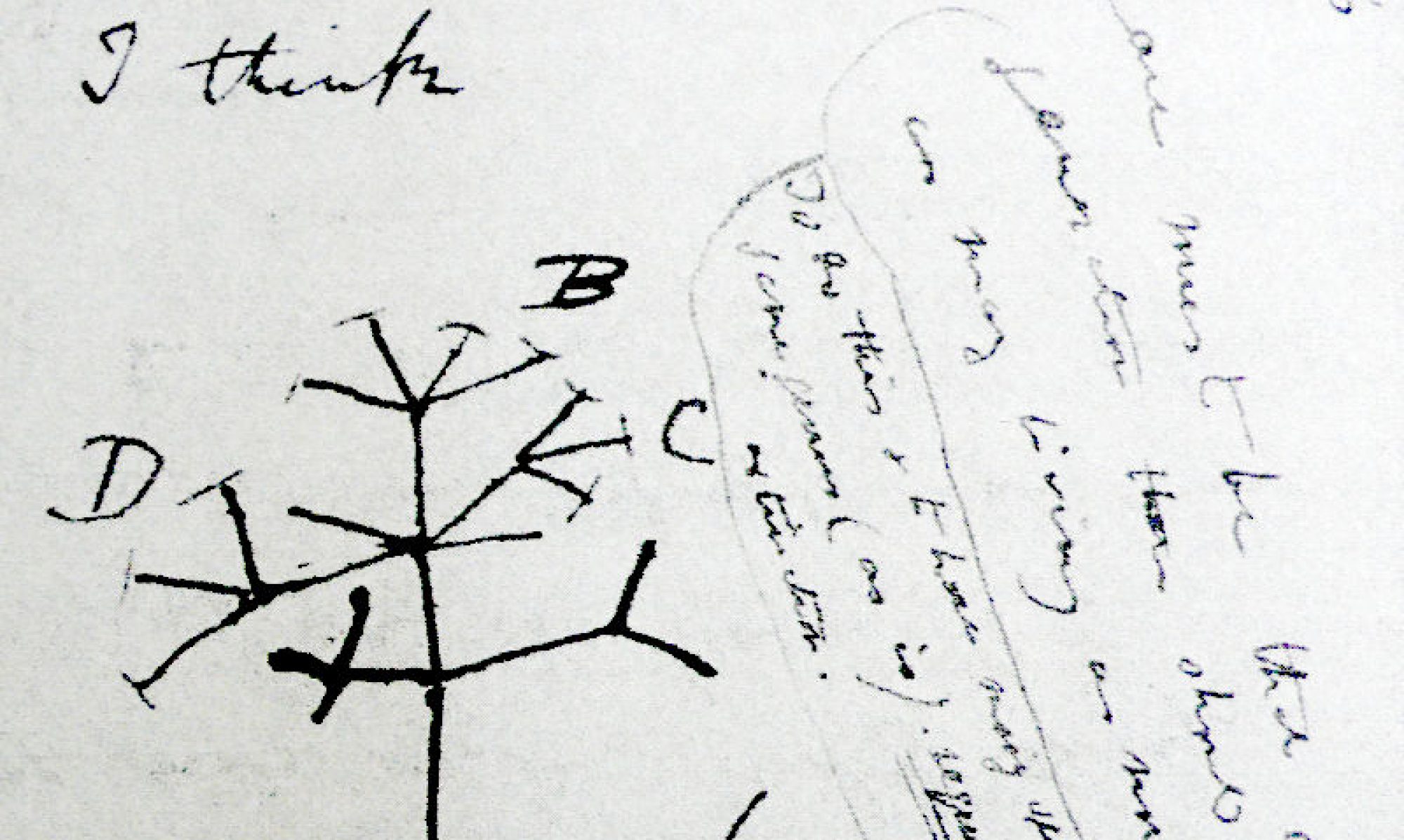By: Michael Piotte, Sylvia Mlynarski, Keith Francis, and Emily Yip (Stonehill College, BIO323: Evolution, Spring 2021)

Does this look like a normal pet cat to you? If so, keep reading; the true answer may surprise you.
When organisms reproduce, they randomly give half of their genetic information to their offspring. When two organisms from closely related species mate, the same process occurs. However, there is a significant issue. If this interbreeding between closely related species continues, it can lead to one or both species dying out. They will inevitably breed into one species, assuming they produce fertile offspring. This process is called hybridization, which can sometimes increase biodiversity by introducing a new species to the environment. This can also decrease biodiversity through changing environmental conditions and/or competition through a process known as introgression. This occurs when DNA from one species eventually swamps the genome of another species through interbreeding. Scientists from Switzerland and the U.K. projected how this process might be affecting domestic cats and wildcats in the Jura Mountains of Switzerland.
Listen now and read more below:
Domestic cats experience a greater chance of survival from human interaction because they make cute companions and pets. Felis silvestris, or the European wildcat, has reached near extinction in some regions of the world, including Scotland and Hungary. However, these cats are actively present in Switzerland. Furthermore, these cats co-exist and hybridize on land occupied by the non-indigenous domestic cat, Felis catus. Domestic cats originated from the wildcat, Felis lybica,around 9,500 years ago in the ancient Near East. Due to humans’ selective breeding over time, cat traits began to vary in behavior, size, and color. The most important trait that domestic cats have evolved is the behavioral change that made them friendlier and more sociable. Wildcats exhibit more aggressive and solitary behaviors. Because of these traits, domestic cats have a greater chance of survival. They have demonstrated an increase in population compared to their wildcat relatives.
Scientists observed the behavior, environment, population, and competition of wildcats to better predict gene flow between the two cat species. To figure out the solution, scientists performed multiple simulations that considered variables affecting the cats’ relationship. Among those tested were competitive behavior, the environment, migratory patterns, and population size. The simulation assumed that the territory range for wildcats and domestic cats grew larger. The territory range shared between each other represented a mixing of their genetic data. The expectation for these models was that the parameters are constant and are relatively unchanged. The first model simulated the two cat species’ current relationship, where wildcats and domestic cats continue to interbreed at the current rate. In this scenario, by the 20th generation, over half the DNA between wildcats and domestic cats will have introgressed. The second model simulated a relationship where wild and domestic populations are equal in size. Interbreeding eliminated 50% of wildcat genes by the 46th generation. The third model simulated a relationship where the population of wildcats will become larger than domestic cats. Here, interbreeding eliminated 50% of the wildcat genes by the 76th generation. The final model proposes a relationship where wildcats and domestic cats stop inbreeding, halting the introgression process, which never reaches the 50% mark.
Currently, Felis silvestris populations and domestic cats can still be genetically differentiated in Switzerland and other regions of Europe, including Germany, Italy, and Portugal. Introgression has heavily eroded populations in Scotland and Hungary over many generations. The Swiss population may soon be subject to the same fate if interbreeding does not stop and their population does not increase. In all simulations, introgression was likely to increase in future generations. However, the impact was dependent on the shifts in population size over many generations. Within a few hundred years, the wildcat DNA would be overtaken by the domestic cats if the domestic and wildcat populations remained as they are today. Suppose the wildcat population increased enough to be equal to or greater than the domestic population. In that case, the wildcat population will likely expand their habitat and increase their numbers. Interbreeding with domesticated cats is currently the greatest threat to the European wildcat due to increased numbers of feral domestic cats. Increasing the numbers of this indigenous predator within its ecosystem may also improve the ecosystem as a whole by preventing the overpopulation of disruptive hybrids that would upset the balance of competition in said ecosystem.
While hybridization of species can lead to extra genetic diversity, it can also lead to species loss. When the indigenous European wildcat breeds with the introduced domestic cat, the resulting hybrid erodes the identity of European wildcats, as they coexist in far smaller numbers than the domestic cats. The introgression of domestic cat genes into the wildcat population of Switzerland creates offspring that are not as suited to their environment and a hybrid population that can lead to an overall loss of genetic diversity.
Article: Quilodrán, C.S., B. Nussberger, D.W. Macdonald, J.I. Montoya‐Burgos, and M. Currat. 2020. Projecting introgression from domestic cats into European wildcats in the Swiss Jura. Evolutionary Applications 13(8): 2101–2112. https://doi.org/10.1111/eva.12968
